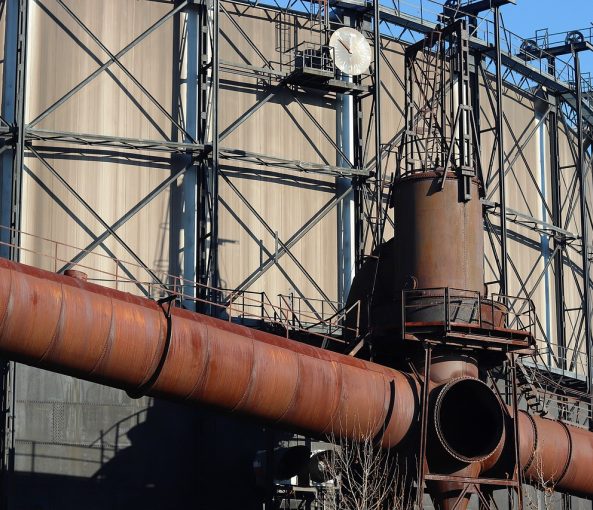CCG Cable Glands
Our high-performance products are designed and manufactured to the highest standards in the industry.

Cable Glands
Cable glands are often considered as simple electrical ancillaries, but in fact they are vital components which must maintain the protection levels of the equipment to which they are attached. Failure to specify the correct type or quality of cable gland could lead to expensive failures or refits later.
Cable glands provide sealed entry into enclosures, motors, panels or any other device, limiting the ingress of water and dust. As a leading cable gland supplier in Indonesia, MSP’s high quality standards help to extend system life and minimize downtime.
Our industrial range of glands and junction boxes are certified to the maximum impact category 8, meaning IK 10 or 20 joules. This makes them the preferred choice for use in the international mining industry. Our cable glands have been tested to the maximum anchorage and retention load requirements of IEC 62444, SANS 1213 and BS 6121 standards. Our dual certified Ex e and Ex d hazardous areas compression glands are also certified to 100% of the required retention load which means that additional cable clamping is no longer a requirement.

Industrial Cable Glands
Captive Component glands
Losing components is not an option. Specialised cable glands for the global industrial, offshore, and marine.
Read More

Hazardous Area Cable Glands
Captive Component glands
Losing components is not an option. Specialised cable glands for the global industrial, offshore, and marine.
Read More
When To Use Barrier Glands
IEC 60079-14 Explosive atmospheres; Electrical Installation, Design, Selection and Erection Prescribes the selection of electrical equipment in hazardous areas. Knowledge of this Standard is imperative when selecting cables and cable glands for use in hazardous areas and merely referring to the product certification is not enough.
IEC 60079-14 Section 9.3.2. States that: Cables for fixed installations – shall be: a) sheathed with thermoplastic, thermosetting, or elastomeric material. They shall be circular and compact. Any bedding or sheath shall be extruded. Fillers, if any, shall be non-hygroscopic; If cables do not pass one of these criterias and such cables link between a hazardous and non-hazardous area the result may be flammable gas, liquid or vapour migration through the interstices of unfilled cables to the inside of; for example, control room equipment. The situation is likely to be most acute with equipment installed in Zone 0 or Zone 1 locations (where the presence of a hazardous atmosphere has a greater likelihood and duration). If these conditions are likely to occur a barrier gland should be used.
Ex d Equipment
IEC 60079-14 Section 10.6.2 – requires the use of Barrier Glands for Ex d installations. Conventional flame-proof Ex d cable glands with seals are designed primarily to retain the explosive pressure within an Ex d enclosure and prevent the passage of hot gasses through the cable entry to the surrounding atmosphere. The design of such cable glands relies on elastomeric seals sealing around the bedding of filled cable to perform this function. It has been established that if cables are not effectively filled, substantially round and are hygroscopic, hot gasses and pressure produced by an explosion within an Ex d enclosure can bypass the protective elastomeric seals of a conventional Ex d Gland. These hot gases can be forced down the interstices of unfilled cable resulting in the potential damage to the cable and/or non-Ex d equipment. The use of barrier glands effectively blocks these explosive gases from migrating down interstices of unfilled cable.
Barrier Glands are also required for the following equipment:
Ex p Pressurized Equipment may also necessitate the use of Barrier Glands. Where necessary, to prevent the drop in pressure, the ingress of combustible gas or vapor by diffusion, or to prevent leakage of protective gas, wiring systems shall be sealed. If cables are not compact and filled barrier glands should be used.
Ex nR IEC 60079-14 Section -10.8 states; “The sealing of restricted-breathing enclosures shall be such as to maintain the restricted breathing properties of the enclosure. Where the cable used is not part of the certificate and/or instruction manual and is not effectively filled, it may be necessary to use a cable gland or other method (e.g. epoxy joint, shrinking tube) which seals around the individual conductors of the cable to prevent leakage from the enclosure”.
